You can create your own Yes/No custom slot type in the Lex Console.
I've built one as an example here:

I named the slot type affirmation
Then I restricted a list of synonyms to equate to either Yes or No values.
This allows a user to respond naturally in many different ways and the bot will respond appropriately. All you have to do is build your Lambda handling of any slot that uses this slot type to look for either "Yes" or "No".
You can easily monitor this slot too to log any input that was not on your synonym list in order to expand your list and improve your bot's recognition of affirmations and negations.
I even built a parser for this slot in Lambda to be able to recognize emoji's (thumbs up/down, smiley face, sad face, etc.) correctly as positive or negative answers to these type of questions in my bot.
It might be surprising that Lex doesn't have this built-in like Alexa, but it's not hard to build and you can customize it easily which you cannot do with built-in slot types.
Anyway, after making this SlotType, you can create multiple slots that use it in one intent.
Lets say you create a slot called 'moreResults' and another called 'resultsFeedback'. Both would be set to use this 'affirmation' slotType to detect Yes/No responses.
Then when you ElicitSlot either of these slots in the convo, you can form the question specifically for each slot. And you can check whether the slot is filled with values 'Yes' or 'No' in your Lambda on the next response.
